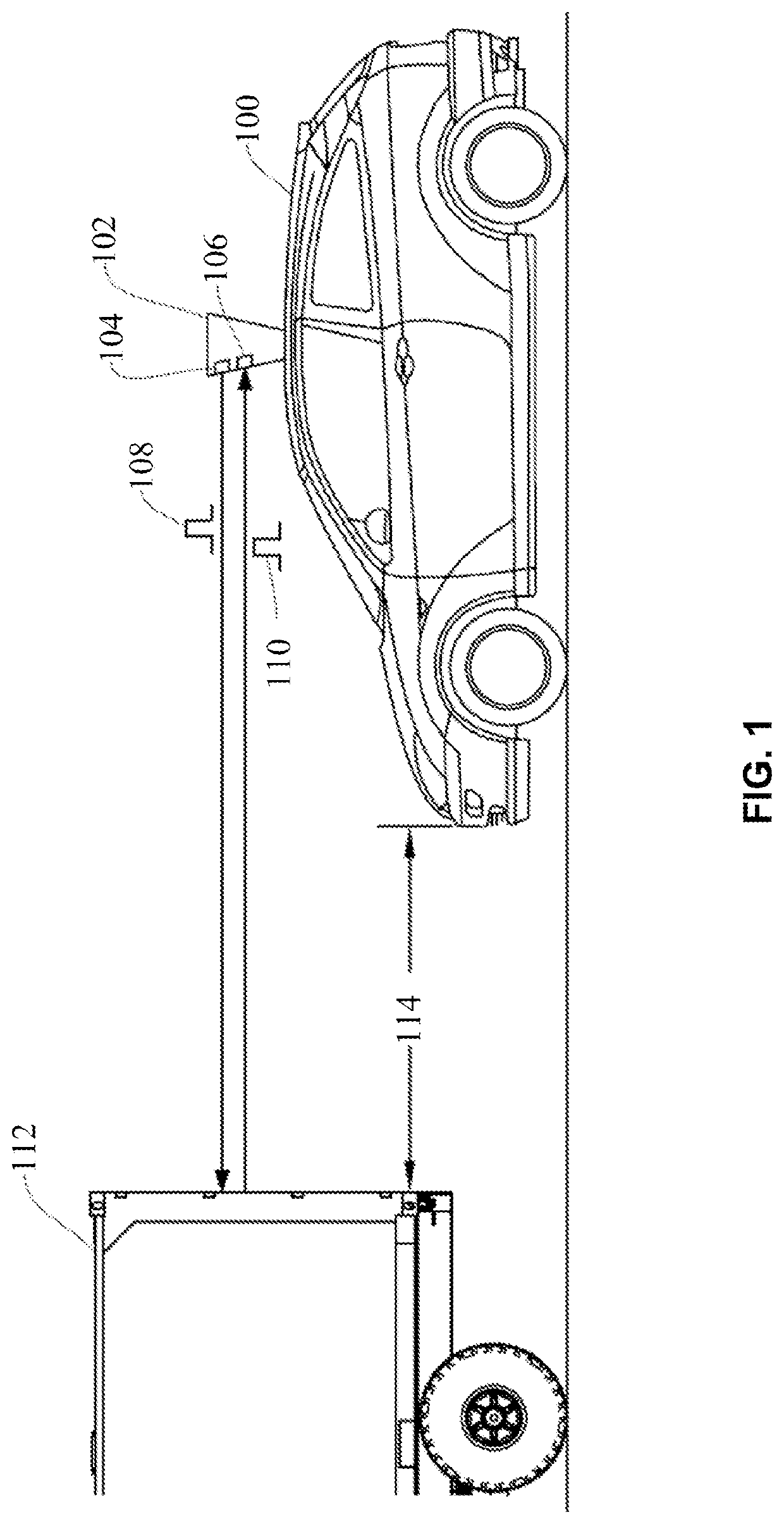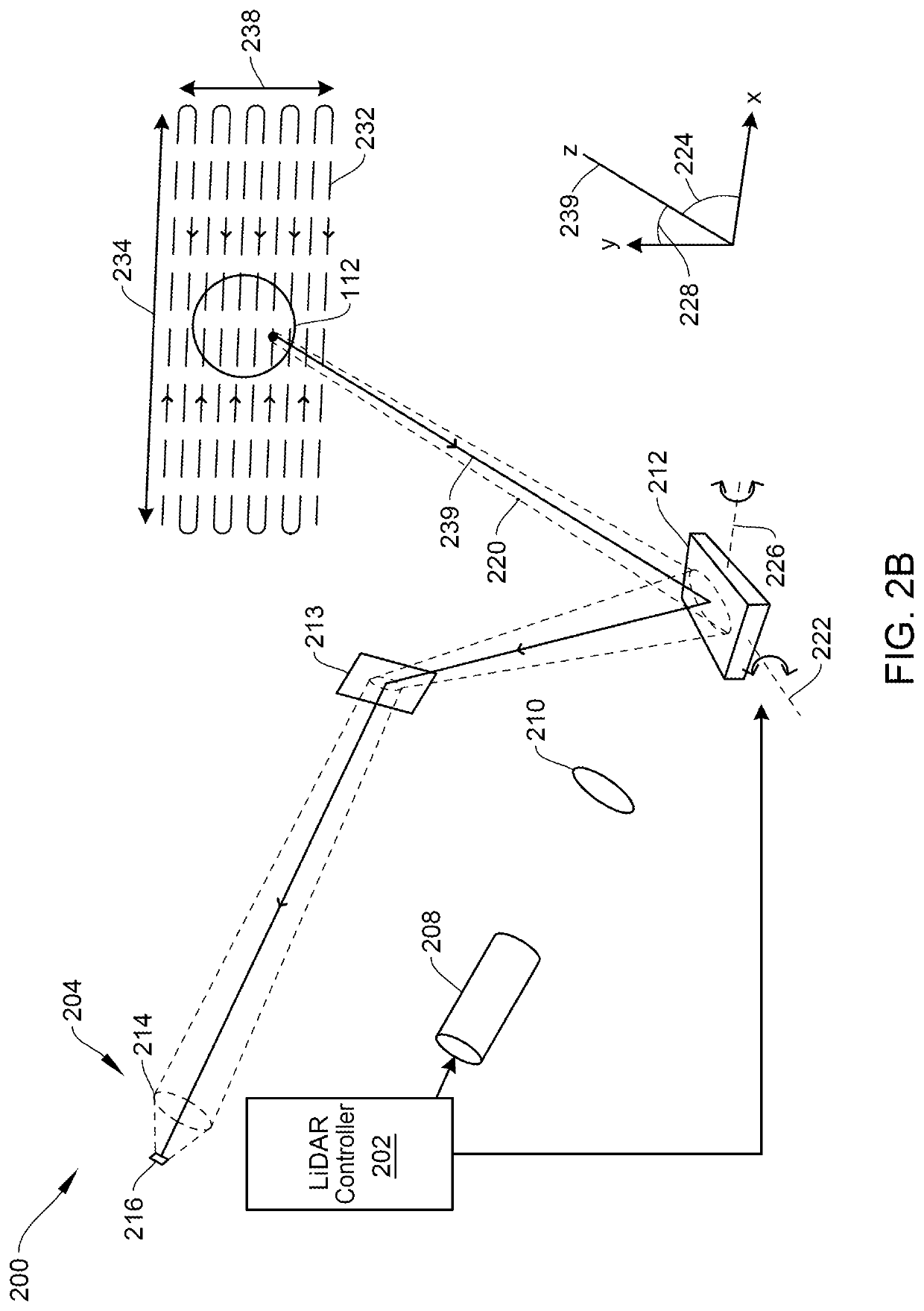Wavefront correction for beam shaping
a beam shaping and wavefront correction technology, applied in the field of wavefront correction for beam shaping, can solve the problems of adding to the wavefront non-uniformity, adding to the distortion of the optical beam, and the optical beam received back from the object is typically distorted, so as to minimize the supporting structure, minimize the mirror area, and the effect of slight til
- Summary
- Abstract
- Description
- Claims
- Application Information
AI Technical Summary
Benefits of technology
Problems solved by technology
Method used
Image
Examples
Embodiment Construction
[0030]Aspects of the present disclosure relate generally to correcting for wavefront distortions, and more particularly to LiDAR systems, according to certain embodiments.
[0031]In the following description, various examples of a wavefront correction feedback system and MEMS-based micro mirror structures and are described. For purposes of explanation, specific configurations and details are set forth in order to provide a thorough understanding of the embodiments. However, it will be apparent to one skilled in the art that certain embodiments may be practiced or implemented without every detail disclosed. Furthermore, well-known features may be omitted or simplified in order to prevent any obfuscation of the novel features described herein.
[0032]The following high level summary is intended to provide a basic understanding of some of the novel innovations depicted in the figures and presented in the corresponding descriptions provided below. Aspects of the invention relate to correcti...
PUM
 Login to View More
Login to View More Abstract
Description
Claims
Application Information
 Login to View More
Login to View More - R&D
- Intellectual Property
- Life Sciences
- Materials
- Tech Scout
- Unparalleled Data Quality
- Higher Quality Content
- 60% Fewer Hallucinations
Browse by: Latest US Patents, China's latest patents, Technical Efficacy Thesaurus, Application Domain, Technology Topic, Popular Technical Reports.
© 2025 PatSnap. All rights reserved.Legal|Privacy policy|Modern Slavery Act Transparency Statement|Sitemap|About US| Contact US: help@patsnap.com



